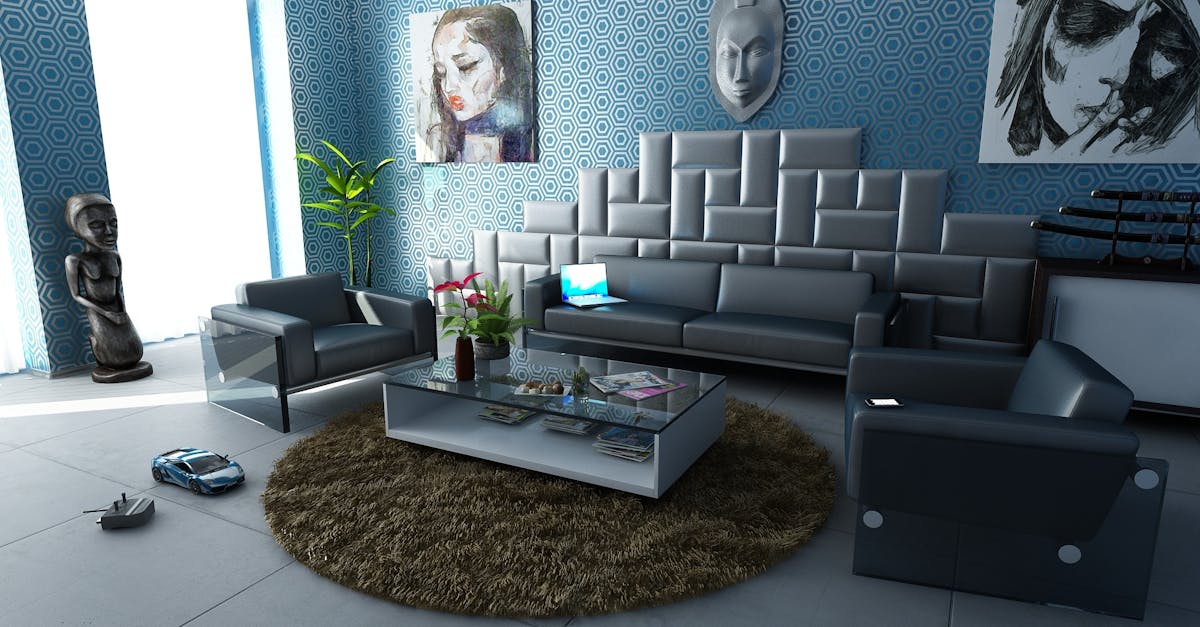
Table Of Contents
Sustainable Design in Architecture
Sustainable design in architecture focuses on creating buildings that minimize environmental impact while prioritizing energy efficiency and resource conservation. In Oakville, architects are incorporating sustainable design principles into their projects by utilizing eco-friendly materials, implementing green building strategies, and optimizing building orientation to maximize natural light and ventilation. These practices not only reduce the carbon footprint of buildings but also promote a healthier and more sustainable built environment for the community.
Furthermore, sustainable design in Oakville emphasizes the importance of incorporating renewable energy sources such as solar panels, wind turbines, and geothermal heating systems into building designs. By integrating these technologies, architects are able to reduce dependence on non-renewable energy sources and lower overall energy consumption. Additionally, sustainable design in architecture involves careful consideration of the entire lifecycle of a building, from construction to eventual demolition, to ensure minimal environmental impact and maximum long-term sustainability.
How sustainable design principles are applied in architectural practices
Sustainable design principles are crucial in architectural practices to create buildings that minimize their environmental impact and promote a healthier future. Architects in Kingston integrate sustainability by using energy-efficient materials, incorporating renewable energy sources like solar panels, and optimizing natural lighting and ventilation systems. Sustainable Design in Kingston emphasizes the importance of reducing waste and carbon emissions throughout the entire lifecycle of a building, from construction to operation.
In addition to energy efficiency, architects in Kingston also prioritize the use of sustainable materials such as recycled wood, bamboo, and reclaimed metal. By selecting materials with low embodied energy and sourcing locally whenever possible, architects reduce the environmental footprint of their projects. Sustainable Design in Kingston advocates for a holistic approach that considers not only the immediate environmental impact but also the long-term sustainability and resilience of architectural designs.
Sustainable Design in Urban Planning
Sustainable Design in Urban Planning
Urban planning plays a crucial role in promoting sustainability within cities. By integrating sustainable design principles into the planning and development of urban areas, cities can strive towards creating more efficient, healthier, and environmentally friendly spaces for their residents. Sustainable Design in Cambridge, for instance, encompasses initiatives such as green infrastructure development, energy-efficient transportation systems, and the preservation of green spaces to enhance the overall quality of life for its inhabitants.
Moreover, the integration of sustainable design principles in urban planning not only benefits the environment but also contributes to economic growth and social well-being. In Cambridge, a focus on sustainable urban planning has led to the development of vibrant, interconnected communities that foster social interaction and inclusivity. By prioritizing sustainability in urban planning practices, cities like Cambridge are setting a positive example for others to follow in creating more resilient and livable urban environments.
Integrating sustainability into the planning and development of urban areas
As cities continue to expand and develop, the integration of sustainability into urban planning has become a crucial aspect of creating thriving and resilient communities. Sustainable Design in Kingston focuses on incorporating environmental, social, and economic considerations into the planning and development of the city. This approach aims to ensure that urban areas are designed to minimize environmental impact, promote energy efficiency, and enhance the overall quality of life for residents.
Through the integration of sustainable design principles in urban planning, cities like Kingston can address pressing issues such as climate change, resource depletion, and urban sprawl. By prioritizing concepts like green infrastructure, compact urban design, and public transportation systems, Sustainable Design in Kingston aims to create communities that are not only environmentally sustainable but also socially inclusive and economically viable. This holistic approach to urban planning is essential for building cities that can adapt and thrive in the face of evolving challenges and opportunities.
Sustainable Design Innovations
Sustainable Design Innovations
In recent years, sustainable design has witnessed significant advancements, particularly in the realm of architecture and urban planning. One notable example is the emergence of sustainable design in Kingston, where architects and urban planners are increasingly integrating eco-friendly principles into their projects. From utilizing renewable energy sources to incorporating green spaces and efficient waste management systems, Sustainable Design in Kingston is paving the way for a more environmentally conscious approach to construction and development.
Furthermore, Sustainable Design in Kingston is embracing cutting-edge technologies that are revolutionizing the way buildings and cities are designed and operated. Innovations such as passive solar design, green roofs, and smart building systems are not only reducing carbon footprints but also improving the overall quality of life for residents. As sustainable design continues to evolve, cities like Kingston are at the forefront of implementing innovative solutions that prioritize environmental sustainability without compromising on functionality and aesthetics.
Highlighting cuttingedge technologies and trends in sustainable design
As we delve into the realm of sustainable design innovations, it becomes evident that advancements in technology are paving the way for more environmentally conscious solutions. For instance, in Sustainable Design in Kingston, the integration of smart building systems allows for efficient energy management and reduced carbon footprints. These systems utilize sensors and automation to optimize energy consumption based on real-time data, contributing to a more sustainable built environment.
Moreover, a notable trend in sustainable design is the use of biophilic design principles, aiming to bring elements of nature into urban spaces. In Sustainable Design in Kingston, the incorporation of green roofs and vertical gardens not only enhances the aesthetic appeal of buildings but also promotes biodiversity and improves air quality. By blurring the lines between indoor and outdoor spaces, biophilic design fosters a deeper connection with nature, ultimately creating healthier and more sustainable communities.
FAQS
What is sustainable design?
Sustainable design refers to the practice of creating products, buildings, or systems that are environmentally friendly, socially responsible, and economically viable over the long term.
How does sustainable design benefit the environment?
Sustainable design reduces the negative impact on the environment by conserving resources, minimizing waste, and promoting energy efficiency.
What are some examples of sustainable design principles in architecture?
Examples of sustainable design principles in architecture include using eco-friendly building materials, incorporating passive heating and cooling strategies, and designing for natural light and ventilation.
How can sustainability be integrated into urban planning?
Sustainability can be integrated into urban planning by promoting mixed land use, enhancing public transportation systems, preserving green spaces, and implementing energy-efficient infrastructure.
What are some cutting-edge technologies and trends in sustainable design?
Cutting-edge technologies and trends in sustainable design include green roofs, solar panels, rainwater harvesting systems, and smart building automation for energy management.






